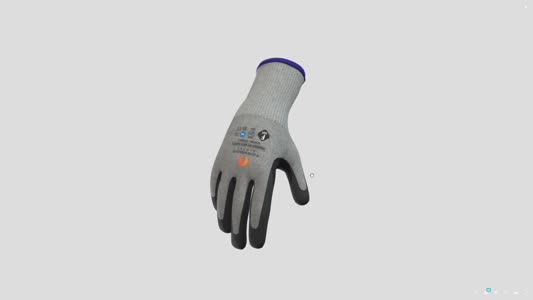
 |
Mark Sennett
Managing Editor |
 |
Kelly Rose
Editor |
| Home> | Health & Wellbeing | >General Health & Wellbeing | >The human cost behind statistics |
The human cost behind statistics
05 August 2015
Dr Karen McDonnell, RoSPA's occupational health and safety policy adviser, comments on the latest workplace fatality figures.
One fatality in the workplace is one too many, as not only is it tragic for the victim’s family and friends but also the organisation involved.
While accident and fatality statistics have been on a pleasing and promising downward trend for several years now, we must not allow workplace safety to take a back seat. If we take our eye off the ball for even just a moment, the worst can happen.
That fact has unfortunately been made apparent with the release of the fatality statistics for 2014/15 by the Health and Safety Executive. It has revealed that during that period, 142 workers were fatally injured at work - an increase of six from the previous year, which was an all time low number.
Of those killed, 35 were construction workers, 33 were agricultural workers and 51 were workers in services. There were also five fatal injuries to workers in the waste and recycling field.
The figures are proof that although workplace safety has steadily improved over the past five years, things can get worse very quickly. It’s proof that employers must not to take their eye off the ball however good their record is, however safe their practices are, as we must not become complacent when it comes to people’s lives.
And unfortunately, I believe these figures are just the tip of the iceberg.
More employees are killed in at-work road accidents than in all other occupational accidents combined, making it the hidden killer on Britain’s roads, something which the HSE data does not show. We must also remember the number of people who are made ill through work.
British employers must be commended for the work that has been done so far, and the phenomenal reduction in death and injury that has been achieved to date, because of course, taken in context, 142 deaths is an incredibly low number historically. But that's 142 people that have lost their lives, while making a living; 142 families that have been left devastated by the loss of a loved one; 142 communities that will have to come to the terms with the fact that they will never see their friend and colleague again; 142 employers who will have to deal with the death of a person in their workplace.
So yes, we've been doing well collectively, but let's not get complacent. Think about the human cost behind the statistics.
- New RoSPA Workplace Safety Blog at www.rospaworkplacesafety.com
- Daily offers on RoSPA stand
- RoSPA recognises safety performance in the construction industry
- RoSPA legal seminar
- Enter now for RoSPA Awards 2012
- Work-based NVQ
- Health and safety: a top priority
- On course for training
- Preventability key in healthcare rationalisation says RoSPA
- Dr Karen McDonnell
- BSIF: Covid-19 Update
- Dust tight
- SAFEContractor for 5th year
- BSC welcomes proposals to slash legal costs in personal injury claims
- Get some insight
- Asbestos remains number one killer
- Chemical exposure course goes more than skin deep
- Getting workers involved in safety
- Dual drug testing
- On-site health screening























